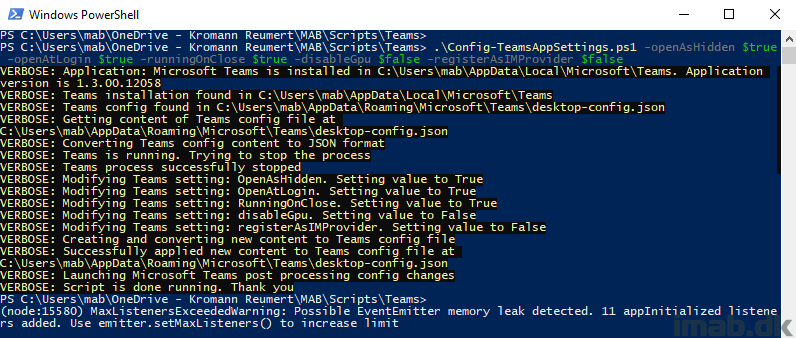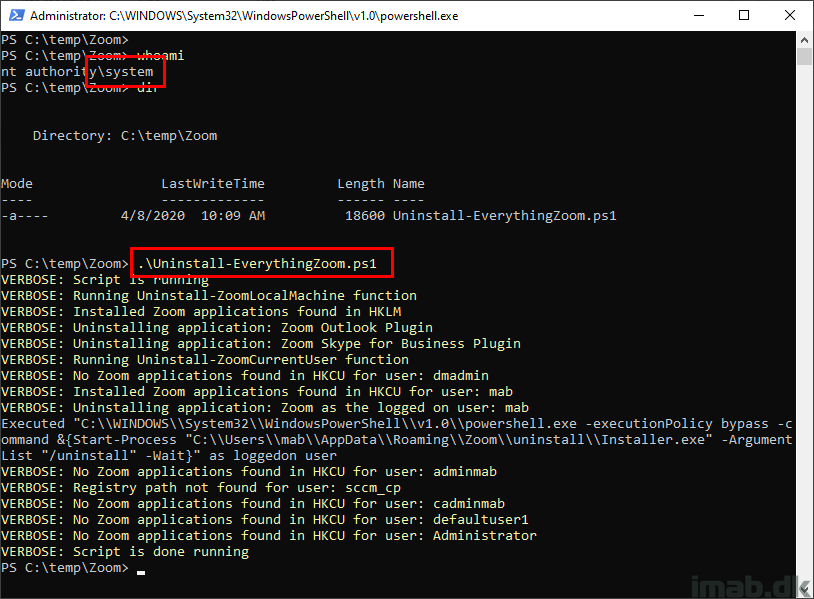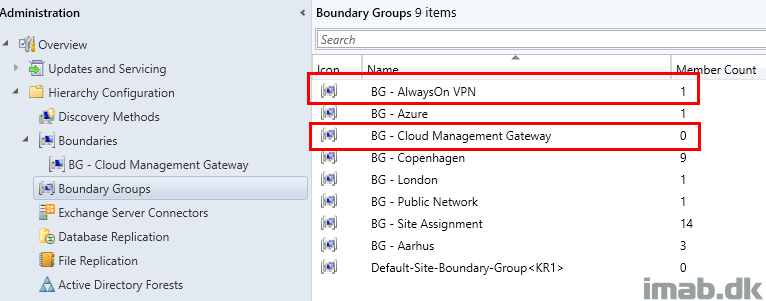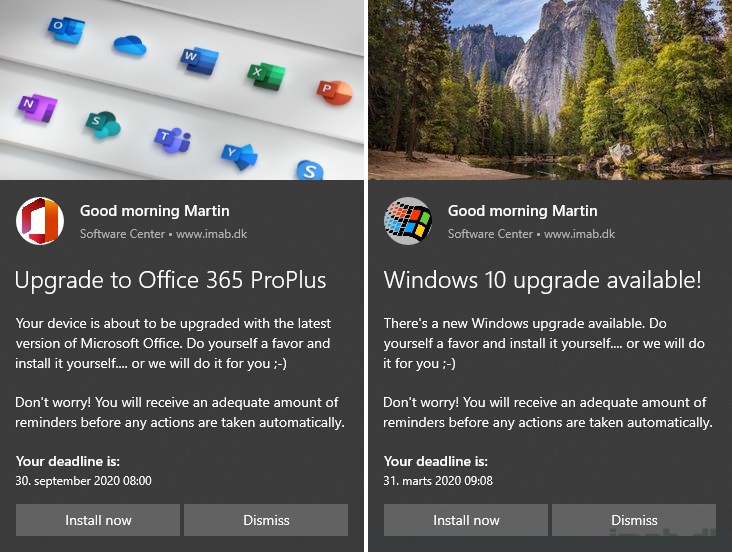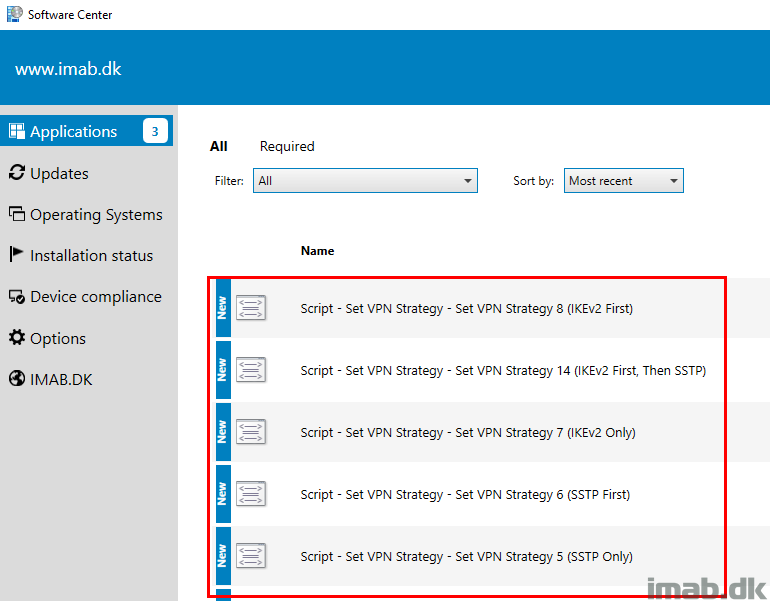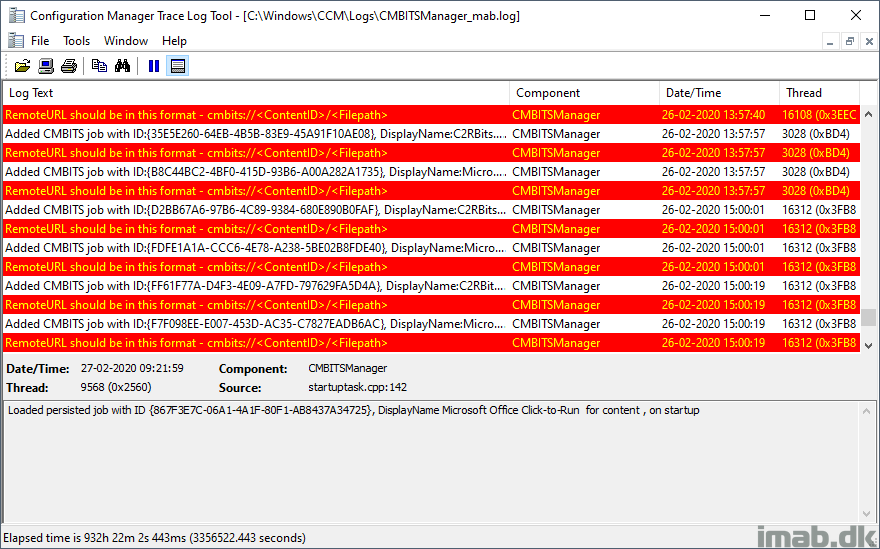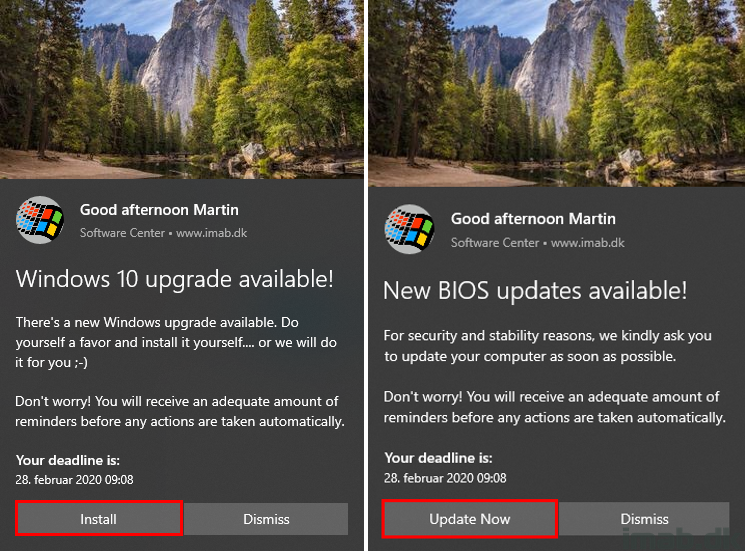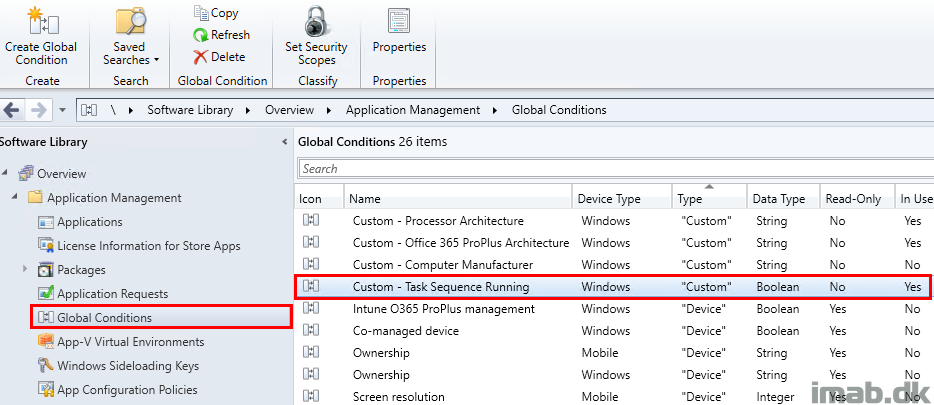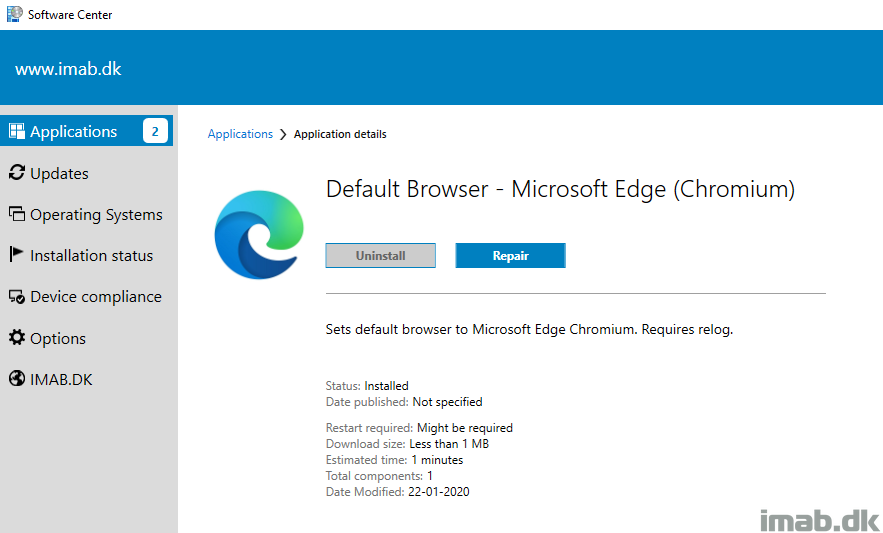Introduction
OK, so the story here is, that many organizations – including ourselves – has taken on the use of Microsoft Teams.
This means that management and configuration of application settings, becomes highly relevant and interesting. Microsoft Teams in its current state of the application for Windows, comes with 5 settings which potentially needs to be configured:
- Auto-start application
- Open application in background
- On close, keep the application running
- Disable GPU hardware acceleration
- Register Teams as the chat app for Office
For this purpose I have created a Powershell script, which can be run with Configuration Manager (explained in this post) as well as Microsoft Intune (and probably other management systems as well).
